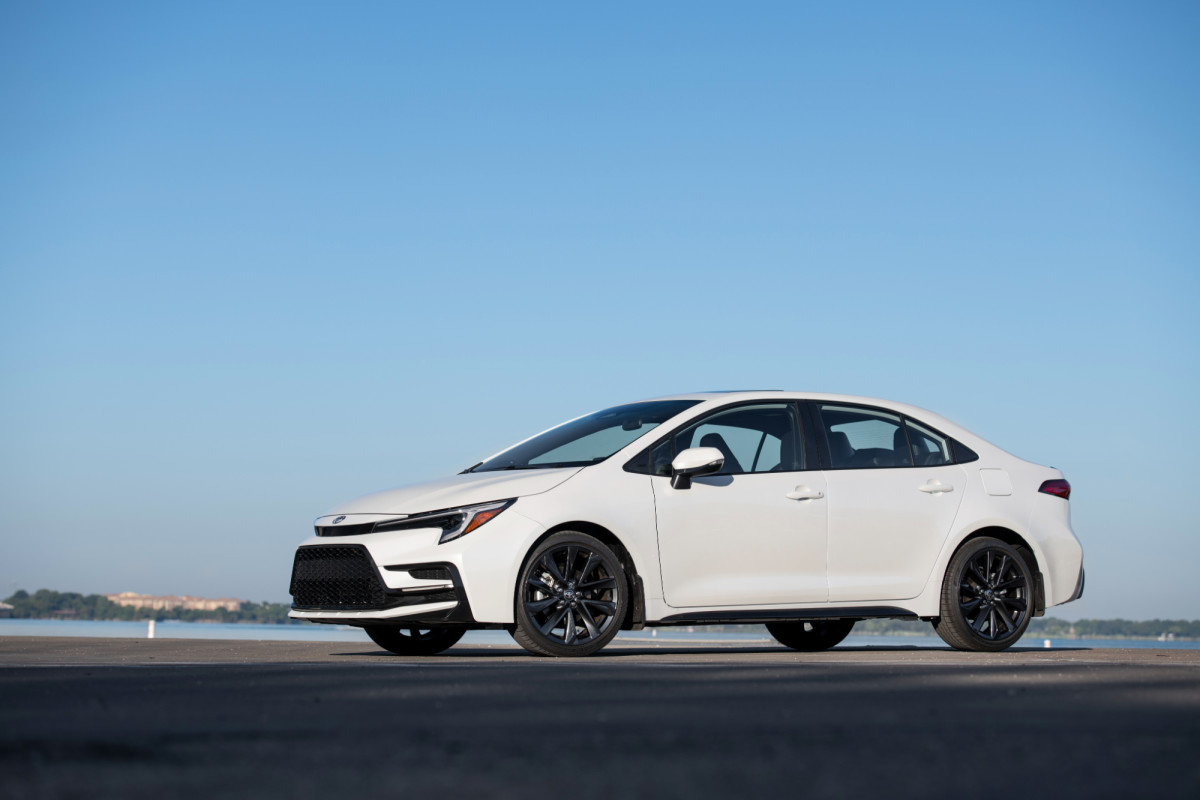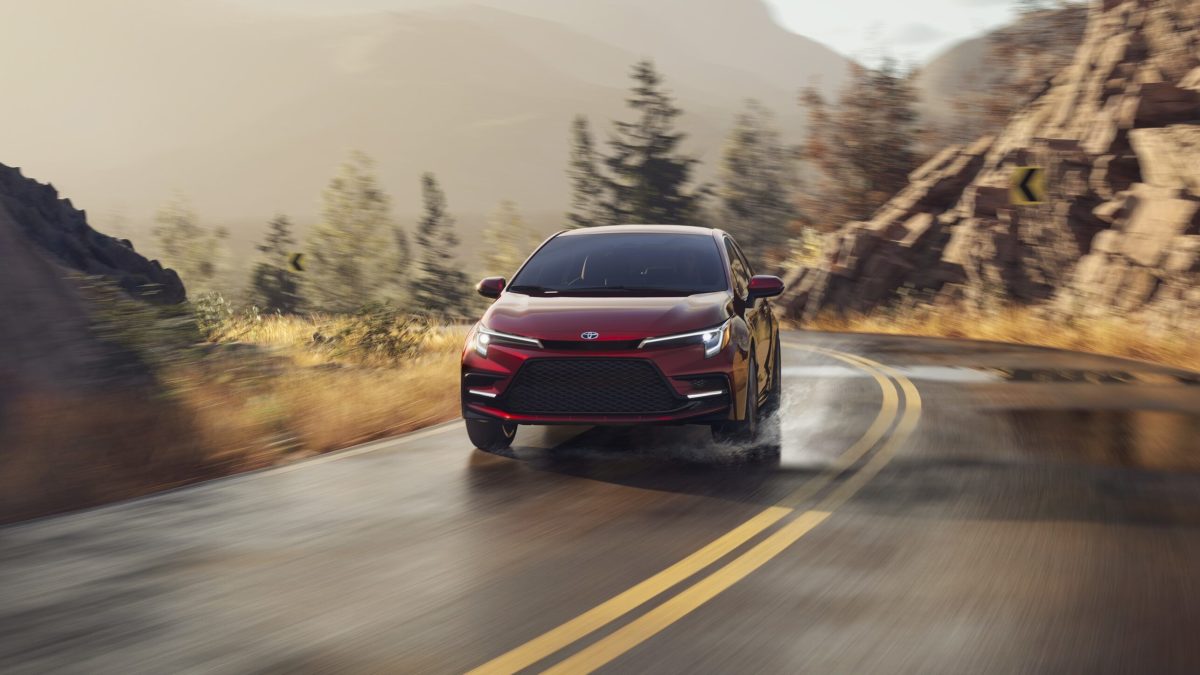An Affordable Nameplate with Modest Price Increases
The Toyota Corolla is one of the most affordable compact sedans and compact hybrids in the US market. For 2026, it retains this position with a modest price increase, with the pure combustion Corolla LE starting at $22,725 and the Corolla Hybrid LE at $24,575 before destination and handling.
These prices represent increases of $400 and $750, respectively, over the 2025 model year, but they come with an additional set of standard tech and safety features previously limited to higher trims.
If you’re in the market for a Corolla, especially for its great hybrid models, you’re in for a conundrum: should you buy now or wait for the 2026 model? Well, it comes down to your priorities, as inventory models currently present good value.
Toyota
View the 3 images of this gallery on the
original article
2025 Inventory Units Still Offer Great Value
Current listings on Cars.com reflect 2025 Corolla LE models priced from approximately $23,500 to $24,200 with destination charges. Some listings are discounted, so you might want to shop around to make sure you get the best prices.
Similarly, listings for the 2025 Corolla Hybrid LE begin around $24,570 and rise into the mid‑$25,000s with destination. The prices vary per dealership and discounts employed, with the Hybrid LE ranging from $24,500 to $25,500.
That said, the new 2026 base prices represent a real-world increase of roughly $400 to $1,000 over what consumers are paying today for 2025 inventory, depending on dealer pricing, incentives, and included fees.
Toyota
View the 2 images of this gallery on the
original article
Are the 2026 Upgrades Worth It?
The key upgrades on the 2026 Corolla are expanded standard features: blind‑spot monitoring with rear cross‑traffic alert now comes on LE and SE trims, and a 7.0‑inch digital instrument cluster has been added as standard on those trims – features that were reserved for higher levels like XSE in 2025. The XSE trim (and XLE hybrid) continues to offer an optional 12.3‑inch gauge display. Mechanicals remain unchanged, as does the design across the range.
From a value standpoint, buyers focused on baseline convenience and safety tech now get them without needing to upgrade trim or pay more; the $400‑ish price increase essentially covers those additions. If those features matter, it makes sense to wait for 2026.
On the other hand, if a buyer finds well‑priced 2025 inventory – especially a Hybrid LE under $25,000 delivered – then the slightly lower price, comparable fuel economy, and similar overall experience argue that buying now remains a good choice.
For bargain‑hunters able to locate strong 2025 deals, there is still incentive to buy immediately rather than wait for next year’s model.
Toyota
View the 2 images of this gallery on the
original article